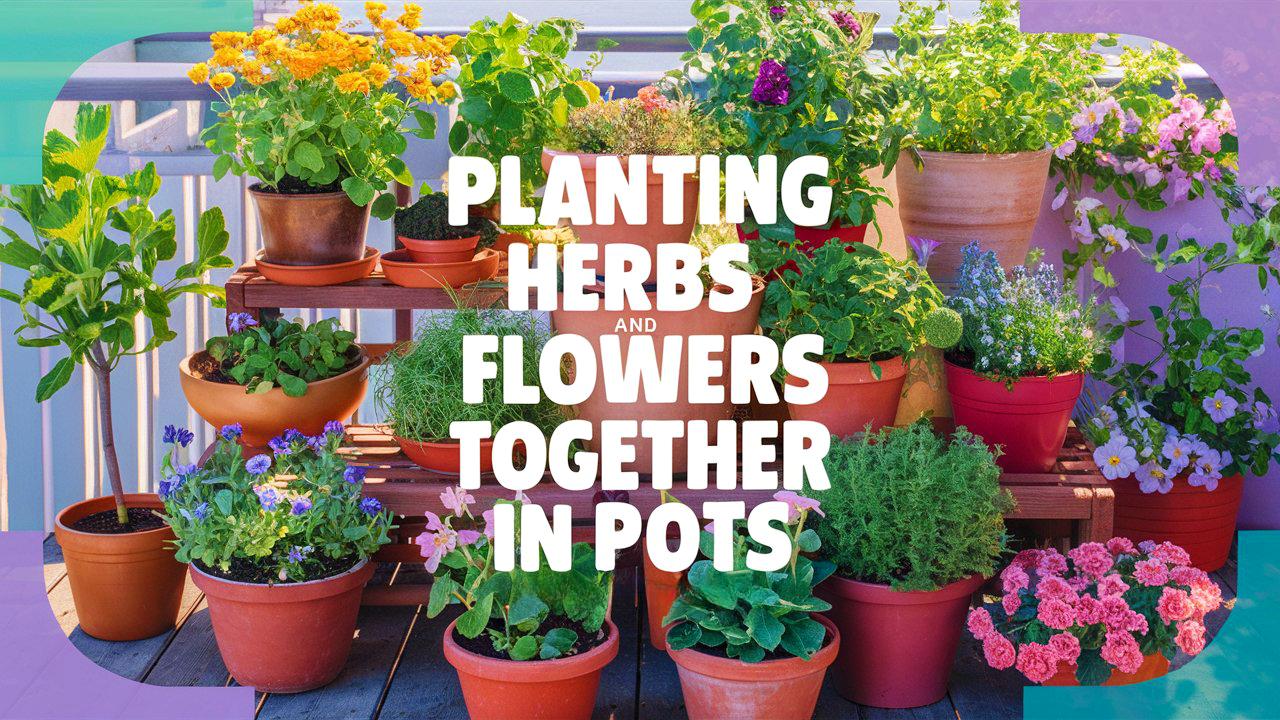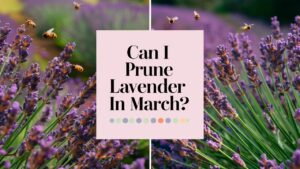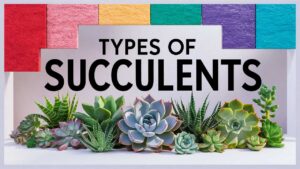Combining herbs and flowers in pots offers a delightful way to enhance your gardening experience, especially in smaller spaces such as balconies, patios, or porches. Not only does this practice allow you to enjoy a vibrant display of colors and scents, but it also promotes companion planting, which can lead to healthier plants.
This comprehensive guide will cover everything from selecting the right varieties to potting techniques and the benefits of this unique gardening method.
Herbs and Flowers to Grow Together in Pots
When selecting herbs and flowers to plant together in pots, compatibility in growth habits, sunlight requirements, and watering needs is essential. Here are some popular pairings:
Parsley & Petunias/Roses
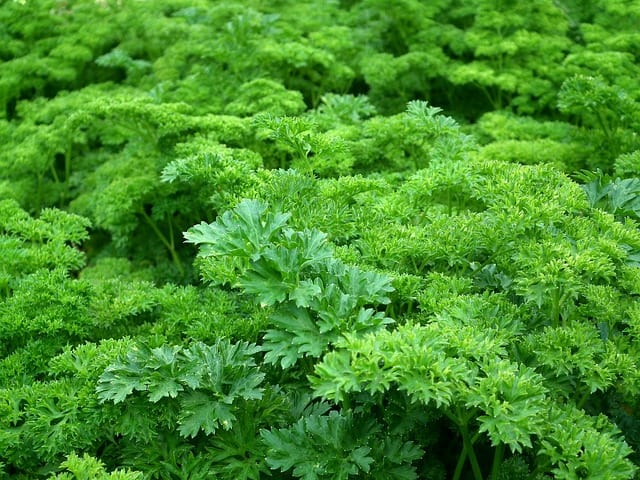
Parsley is a versatile herb, often used in cooking to enhance flavor. Its bushy growth can provide a nice backdrop for flowers.
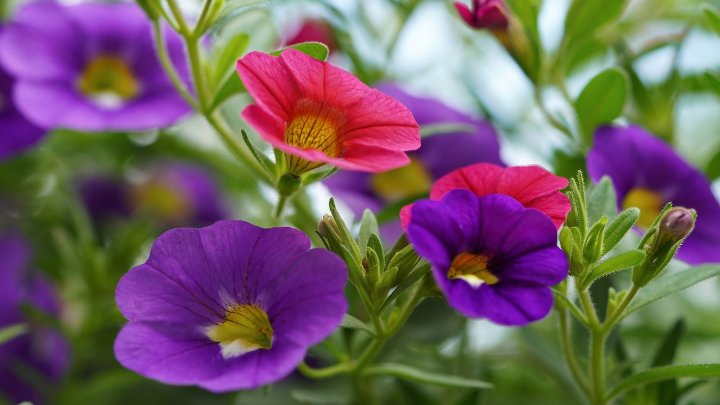
Petunias and roses both thrive in similar conditions, making them excellent companions for parsley. Petunias add vibrant color, while roses offer a classic elegance, ensuring your pot looks stunning.
Basil & Marigolds
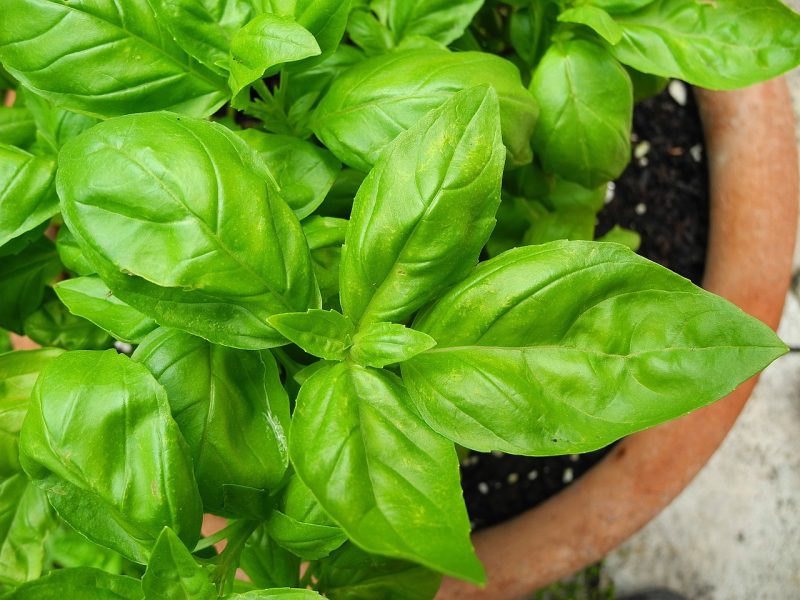
Basil is a fragrant herb known for its culinary uses, particularly in Italian dishes.
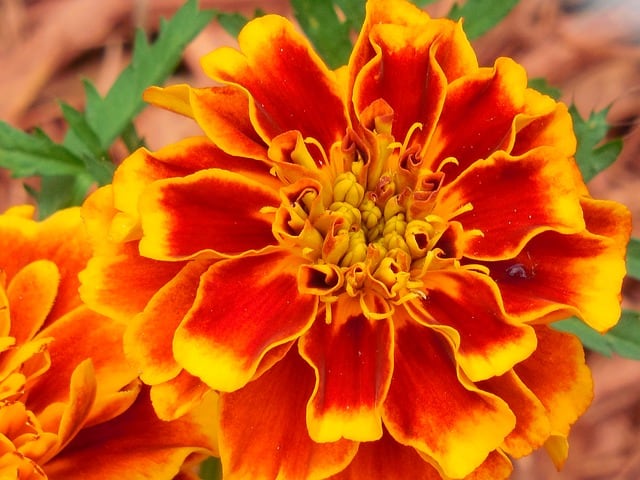
Marigolds serve as great companions to basil, as they can repel pests such as aphids and nematodes. The bright orange and yellow blooms of marigolds also create a beautiful contrast against the lush green of basil.
Thyme & Lavender
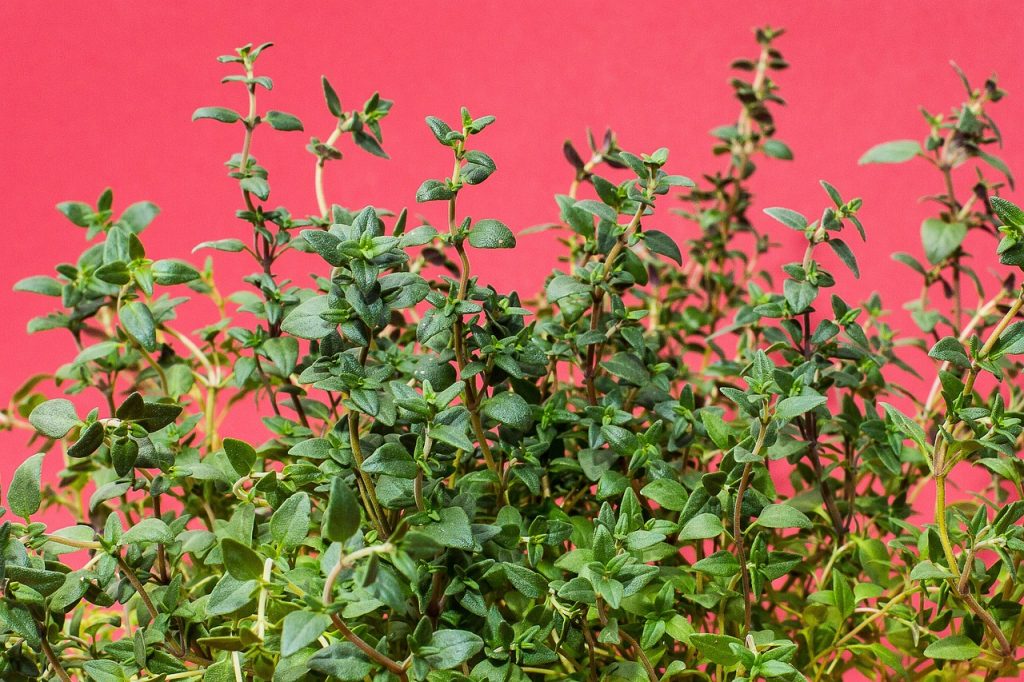
Thyme is a hardy herb with a prostrate growth habit, making it suitable for potting alongside other low-growing plants.
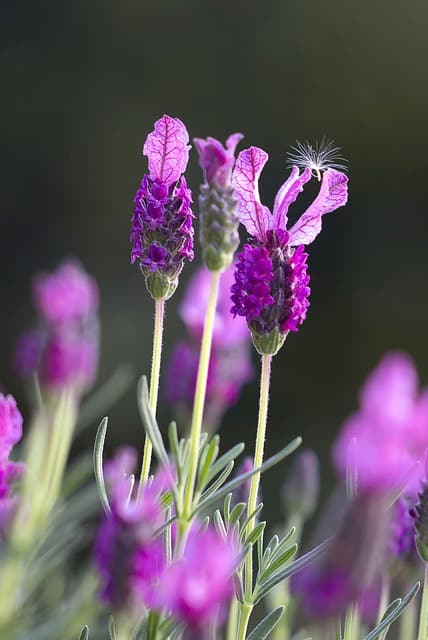
Lavender, famous for its soothing scent and beautiful purple flowers, shares similar watering and sunlight requirements with thyme. Together, they create an aromatic display that is not only visually appealing but also beneficial, as they can attract pollinators to your garden.
Chives & Dianthus
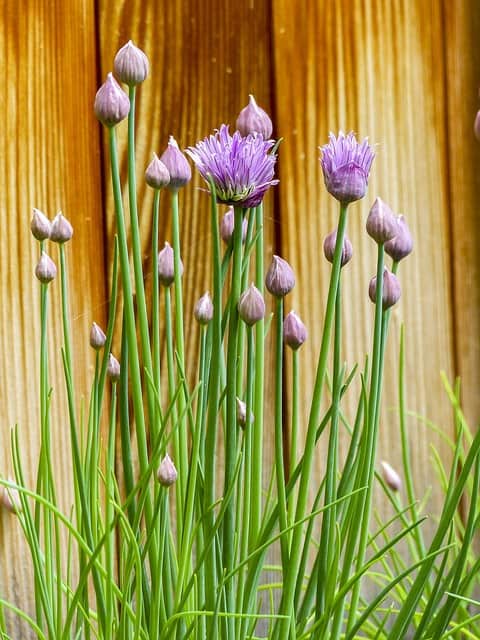
Chives, with their tall, delicate leaves and round purple flowers, provide culinary use and visual interest in a pot.
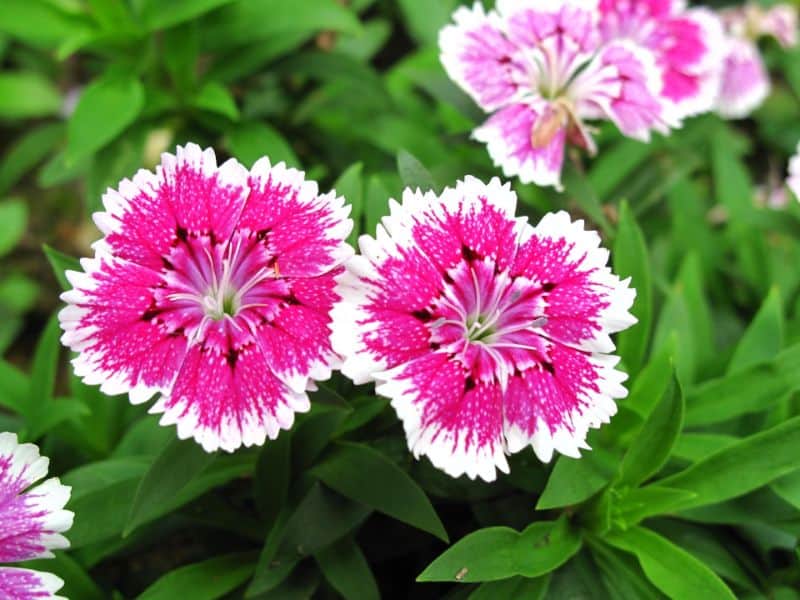
Dianthus, often called “pinks,” can complement chives beautifully. Their vibrant colors and fragrance can attract beneficial insects and improve the aesthetics of the arrangement, all while thriving in similar conditions.
Cilantro or Coriander & Yellow Pansy
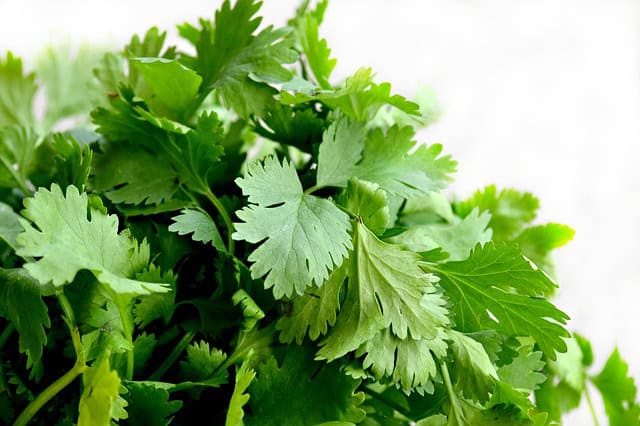
Cilantro or coriander adds a unique flavor to many dishes and has a distinct appearance with its feathery leaves.
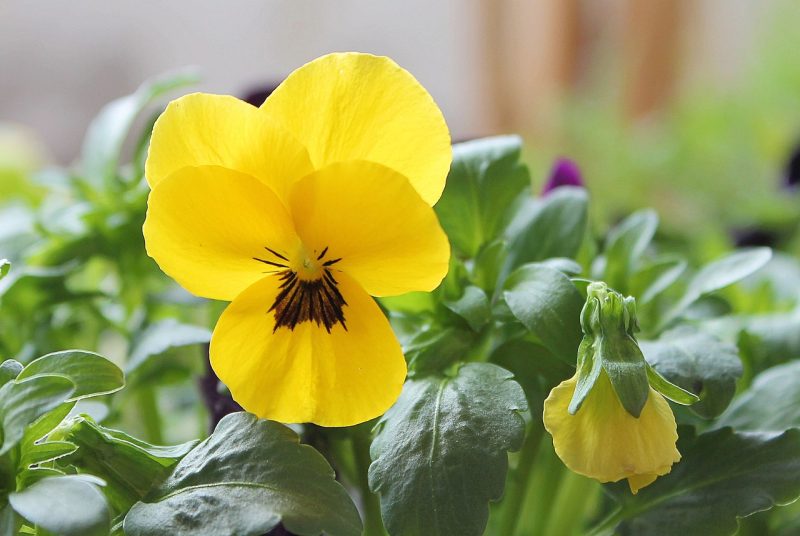
Yellow pansies can elevate the pot with their cheerful blooms. Both plants prefer cool temperatures, making them an excellent combination for spring or fall planting.
Choosing a Pot and Soil for Flowers and Herbs
The success of your herb and flower combination relies heavily on the pot and soil you choose.
Selecting the Right Pot
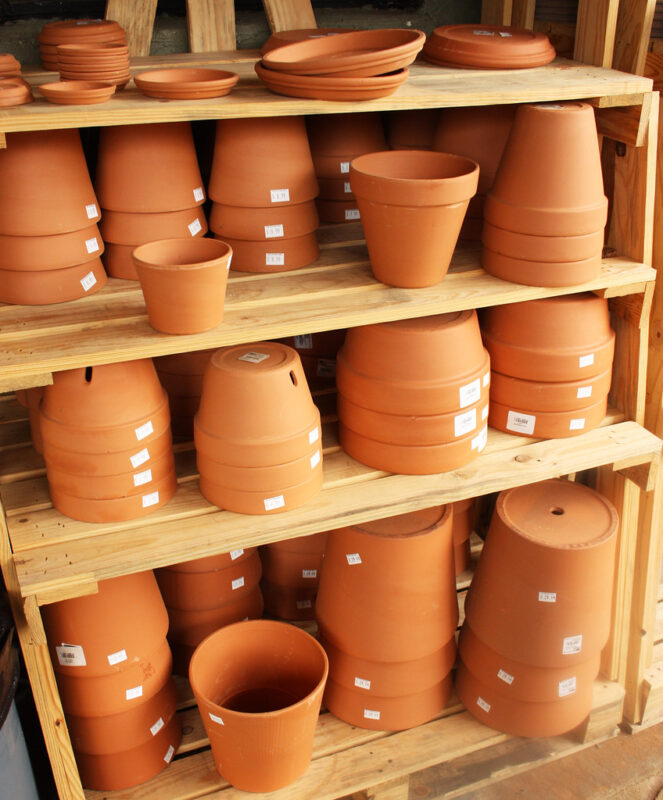
When selecting a pot, it’s crucial to consider the size, material, and drainage capabilities.
Size: Ensure the pot is large enough to accommodate the roots of both the herbs and flowers. A pot that is at least 12 inches in diameter is ideal for most combinations, but adjust based on the particular plants’ growth habits.
Material: Opt for pots made from materials like terracotta, ceramic, or even plastic, as they can retain moisture while allowing for proper drainage.
Drainage: Good drainage is vital to prevent root rot. Ensure your pot has drainage holes at the bottom or consider adding a layer of gravel to improve drainage.
Choosing the Right Soil
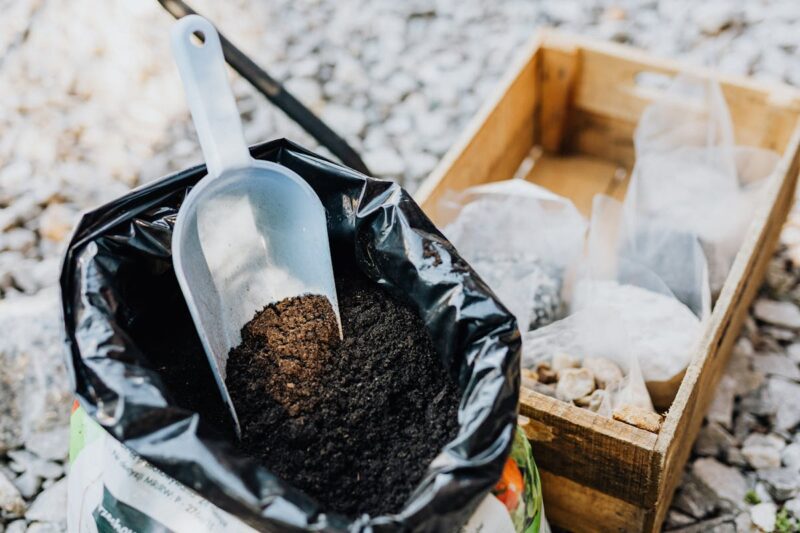
The soil you choose plays a significant role in plant health.
Quality Potting Mix: Look for a potting mix designed for container gardening, which ensures nutrients and drainage are balanced. A quality mix will also reduce the risk of compaction around the roots.
Drainage Aids: You can enhance drainage by mixing in perlite or vermiculite with your potting soil. This will create air pockets within the soil, preventing water stagnation.
Selecting Plants with Similar Growing Conditions
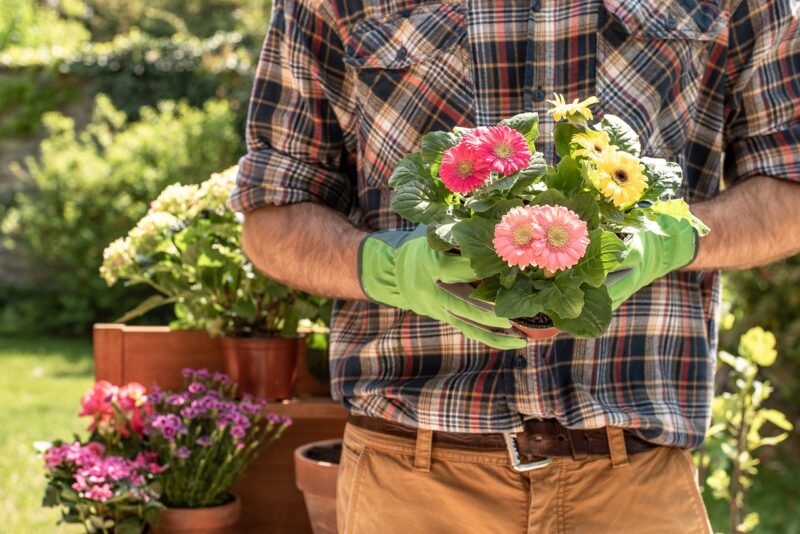
To ensure the health and vitality of your herbs and flowers, select varieties that share similar growing conditions.
Sunlight: Most herbs and flowers prefer full sun (at least 6-8 hours of sunlight per day). However, some may thrive in partial shade. Know the light requirements of each plant before mixing.
Watering Needs: Herbs like basil and cilantro require consistent moisture, while drought-tolerant flowers like lavender need less water. To maintain a healthy pot, focus on plants with similar watering habits to avoid one group being overwatered or underwatered.
Temperature Tolerance: When selecting plants, consider their temperature tolerance. Most herbs enjoy warmer weather, while certain flowers might thrive better in cooler temperatures. Make sure the combination suits your local climate.
Common Mistakes to Avoid
Even seasoned gardeners can make mistakes when planting herbs and flowers in pots. Here are some common pitfalls to avoid:
Overcrowding the Pot
While it might be tempting to add only one large pot or even multiple plants in a small container, overcrowding can lead to stunted growth and competition for resources. Each plant needs room to establish its roots, so follow guidelines on plant spacing based on mature size.
Overwatering or Underwatering
Finding the right balance of water is crucial. Overwatering can suffocate roots and induce rot, while underwatering can lead to nutrient deficiencies and poor growth. Be mindful of the needs of each plant; check soil moisture levels regularly and water accordingly.
Neglecting to Fertilize
Both herbs and flowers can be heavy feeders, so neglecting fertilization can result in weak plants with poor blooming or flavor. Use a slow-release, balanced fertilizer to provide consistent nutrients. Follow a schedule, applying fertilizer during the growing season according to package instructions.
Herbs and Flowers That Should Not Be Planted Together
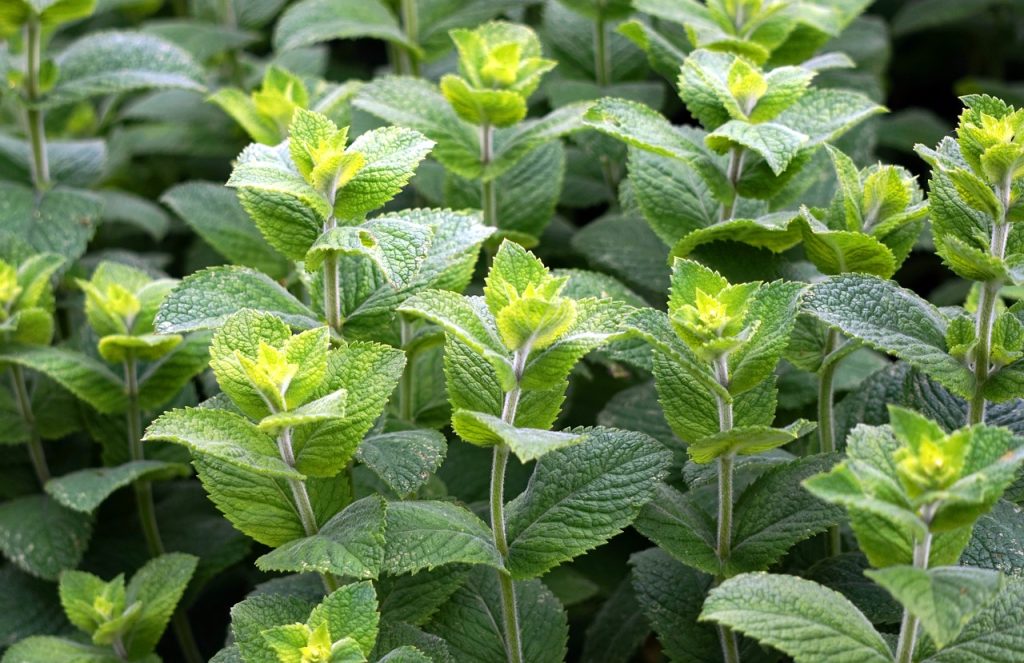
Not all herbs and flowers coexist peacefully in pots. Certain combinations can lead to poor growth or increased susceptibility to disease. For instance, avoid pairing:
Mint with Anything Else: Mint is notorious for its aggressive growth and can easily outcompete and crowd other plants. It’s better grown alone or in its pot.
Fennel with Coriander: These two herbs can hinder each other’s growth due to their differing chemical compositions and growth habits.
Basil and Rue: This combination can lead to poor health for both plants, as rue is known to impede the growth of basil.
Understanding these incompatibilities can save you time and resources while creating a more harmonious pot.
Benefits of Planting Flowers and Herbs Together in Pots
Integrating herbs and flowers in your pot provides several advantages that can enrich your gardening experience:
Aesthetic Appeal: Combining vibrant flowers with lush herbs creates a visually stunning display, adding color and texture to your outdoor or indoor spaces.
Companion Planting Benefits: Certain flower and herb combinations can deter pests, attract pollinators, and promote overall plant health by improving nutrient uptake.
Space Efficiency: In smaller living spaces, growing herbs along with flowers maximizes limited gardening areas, allowing you to enjoy both beauty and functionality.
Culinary Benefits: Herbs not only add flavor to culinary creations but also contribute to the visual appeal of the pot. You can snack on herbs while enjoying their fragrant flowers.
Stress Relief: Gardening can be therapeutic. The act of nurturing plants, seeing them thrive, and experiencing the sensory delights they offer can improve your overall mental well-being.
Conclusion
Planting herbs and flowers together in pots is a rewarding endeavor that offers both aesthetic value and practical benefits. With careful selection and attention to each plant’s needs, even beginners can create stunning and fruitful arrangements.


